In honor of Picture Book Month, we are sharing our favorite STEM picture books - perfect for story time together! STEM subjects (science, technology, engineering, and math) are important parts of your child's education both now and in the future. These books are a great way to introduce STEM concepts in a positive, accessible, and often hilarious style. We hope they'll spark some exciting project or craft ideas and maybe even teach you something new. Happy reading!
Sandy Feet! Whose Feet?: Footprints at the Shore
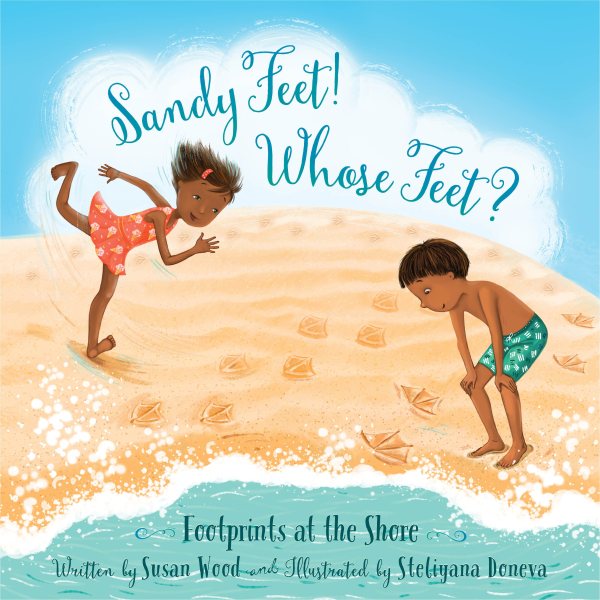
by
When a family spends a day at the beach, the children investigate various footprints to see what types of creatures live along the shoreline. They identify tracks and habits of local wildlife, including hopping sandpipers, scuttling crabs, and burrowing turtles - even Daddy's feet make an appearance! Plus there is plenty of STEM-based back matter, including information on how clues like footprints can identify the type of wildlife inhabiting any given habitat.
Rosie Revere, Engineer
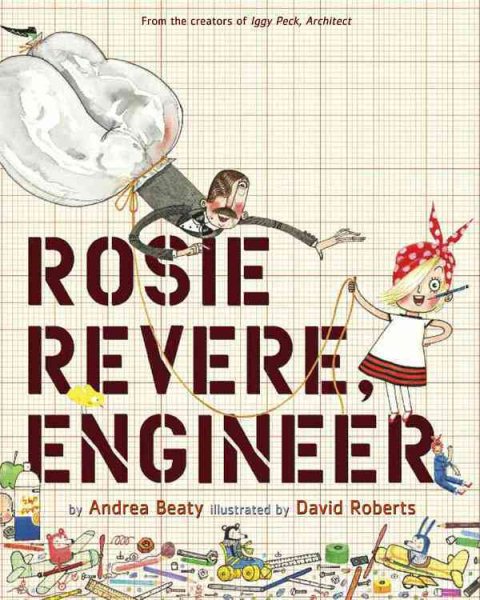
by
Rosie Revere dreamed of becoming a great engineer. Where some people see rubbish, Rosie sees inspiration. Alone in her room at night, Rosie constructs great inventions from odds and ends. Hot dog dispensers, helium pants, python-repelling cheese hats: Rosie’s gizmos would astound—if she ever let anyone see them. Afraid of failure, she hides them away under her bed. Until a fateful visit from her great-great-aunt Rose (AKA Rosie the Riveter!), who shows her that the first flop isn’t something to fear—it’s something to celebrate. And you can only truly fail if you quit.
Jabari Tries
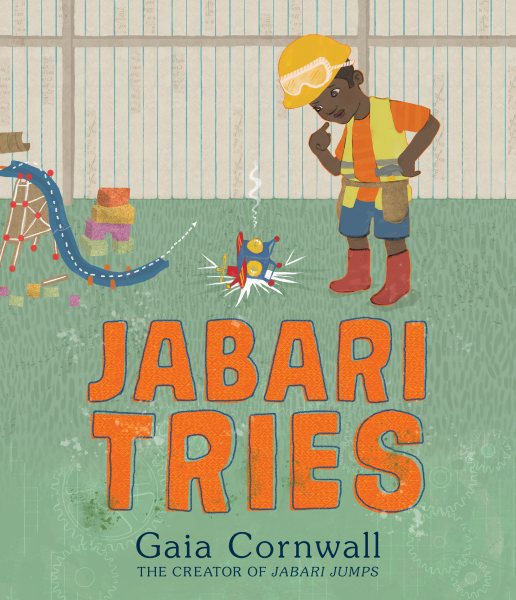
by
Jabari is making a flying machine in his backyard! “It’ll be easy. I don’t need any help,” he declares. But it doesn’t work! Jabari is frustrated. Good thing Dad is there for a pep talk and his little sister, Nika, is there to assist, fairy wings and all. From the author that brought you Jabari Jumps, this tale shows that through perseverance and flexibility, an inventive thought can become a brilliant reality.
Mary Had a Little Lab

by
Mary is an enterprising young inventor. One day she realizes she has no friends, so she decides a pet will do the trick. But the pet Mary wants isn't one she can easily buy...so she makes one―and it's a sheep, of course! Soon Mary, her sheep, and her new invention gain her popularity and friends. But when she starts making sheep for her new friends, chaos abounds.
Rube Goldberg's Simple Normal Humdrum School Day
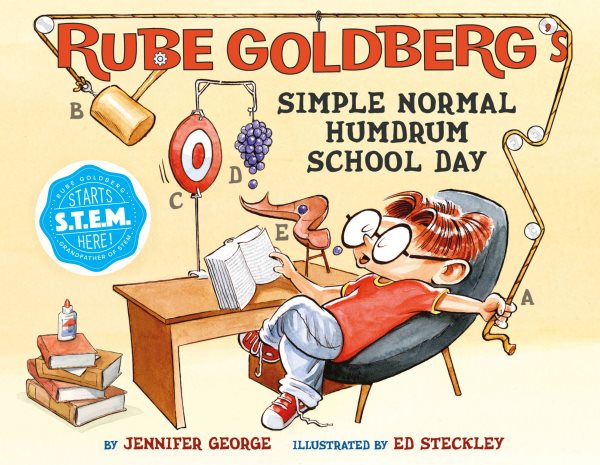
by
If Rube’s inventions are any indication, “normal” means something very different in the Goldberg household. For Rube, up is down, in is out, and the simplest path to accomplishing an everyday task—like brushing his teeth or getting dressed—is a humorously complicated one. Follow Rube as he sets out on a typical school day, overcomplicating each and every step from the time he wakes up in the morning until the time he goes to bed at night.
Gus's Garage
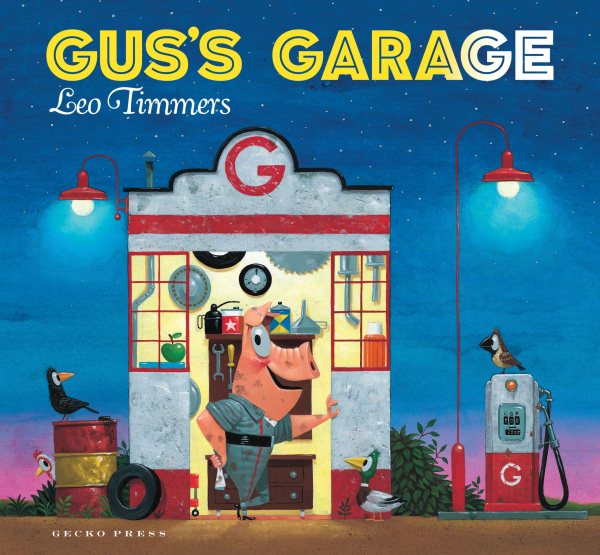
by
Gus's workshop is chock-full of odds and ends. When his friend Rico comes over with a problem―his scooter seat is way too small for a rhino―Gus finds just the thing to fix it.
One by one Gus's friends bring him their vehicles and Gus solves their troubles with ingenious solutions. No job is too difficult for Gus! But soon the workshop is almost empty. Is there anything left to solve Gus's own problem at the end of a long day?
Iggy Peck, Architect
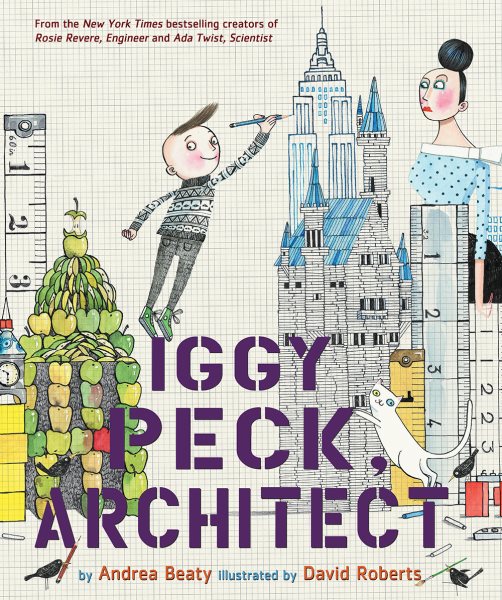
by
Some kids sculpt sandcastles. Some make mud pies. Some construct great block towers. But none are better at building than Iggy Peck, who once erected a life-size replica of the Great Sphinx on his front lawn! It’s too bad that few people appreciate Iggy’s talent—certainly not his second-grade teacher, Miss Lila Greer. It looks as if Iggy will have to trade in his T square for a box of crayons until a fateful field trip proves just how useful a master builder can be. You can find even more adventures in Andrea Beaty's other works like Ada Twist and the Perilous Plants and Rosie Revere and the Raucous Riveters.
The Most Magnificent Thing
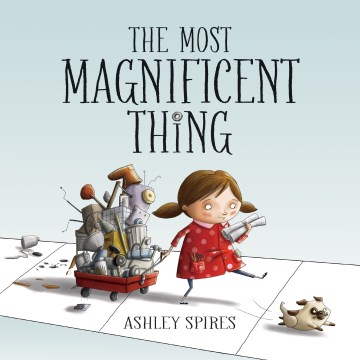
by
This story follows an unnamed girl and her very best friend, who happens to be a dog. The girl has a wonderful idea. “She is going to make the most MAGNIFICENT thing! She knows just how it will look. She knows just how it will work. All she has to do is make it, and she makes things all the time. Easy-peasy!” But making her magnificent thing is anything but easy, and the girl tries and fails, repeatedly. Eventually, the girl gets really, really mad. She is so mad, in fact, that she quits. But after her dog convinces her to take a walk, she comes back to her project with renewed enthusiasm and manages to get it just right.
Goldilocks and the Three Engineers

by
Goldilocks is an inventor with inventor's block. To clear her mind, she takes a walk. Coincidentally, a very smart Papa Bear, Mama Bear, and Baby Bear also take a walk, and they find a cute little bungalow with almost-right inventions. Can they help make the inventions just right? A delightful twist on an old favorite, this story is sure to delight readers of all ages.
Boxitects

by
Meg is a brilliant and creative boxitect. She loves impressing her teacher and classmates with what she makes out of boxes. But there’s a new kid at Maker School: Simone. Simone is good at everything, and worst of all, she’s a boxitect too. When the annual Maker Match is held, Meg and Simone are paired as a team but can’t seem to stop arguing. When their extraordinary project turns into a huge disaster, they must find a way to join creative forces, lift each other up, and work together.
The Crayon Man: The True Story of the Invention of Crayola Crayons
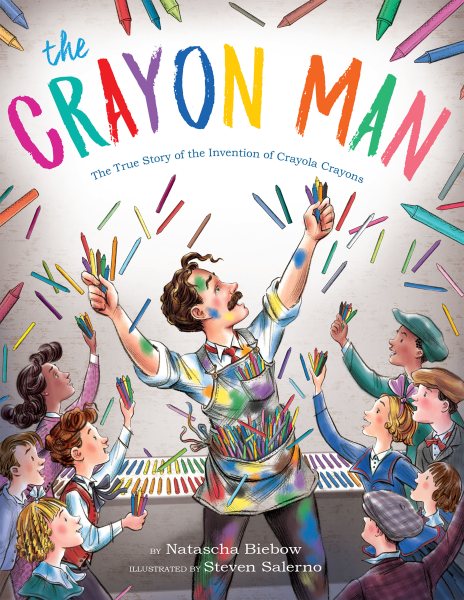
by
What child doesn't love to hold a crayon in their hands? But children didn't always have such magical boxes of crayons. Before Edwin Binney set out to change things, children couldn't really even draw in color.
This children's biography tells the true story of an inventor who so loved nature’s vibrant colors that he found a way to bring the outside world to children - in a bright green box for only a nickel! With experimentation, and a special knack for listening, Edwin Binney and his dynamic team at Crayola created one of the world’s most enduring, best-loved childhood toys - empowering children to dream in color!
The Little Red Fort

by
Ruby's mind is always full of ideas. One day, she finds some old boards and decides to build something. She invites her brothers to help, but they just laugh and tell her she doesn't know how to build. "Then I'll learn," she says. And she does! When she creates a dazzling fort that they all want to play in, it is Ruby who has the last laugh. A spunky, feminist adaptation of the timeless favorite, The Little Red Hen, this story celebrates the pluck and ingenuity of young creators everywhere!
How Does My Home Work?

by
How does flipping a switch on the wall make the lights come on? Where does the clean water that flows out of the faucet come from? What is used to keep a home warm? Travel beyond the walls and under the floors of a house to find out more about the electricity, water, and natural gas that make your home work - and find out how you can do your part to save energy and preserve these resources. This is a beautifully illustrated non-fiction title, perfect for teaching curious minds all about the world around them.
Papa's Mechanical Fish
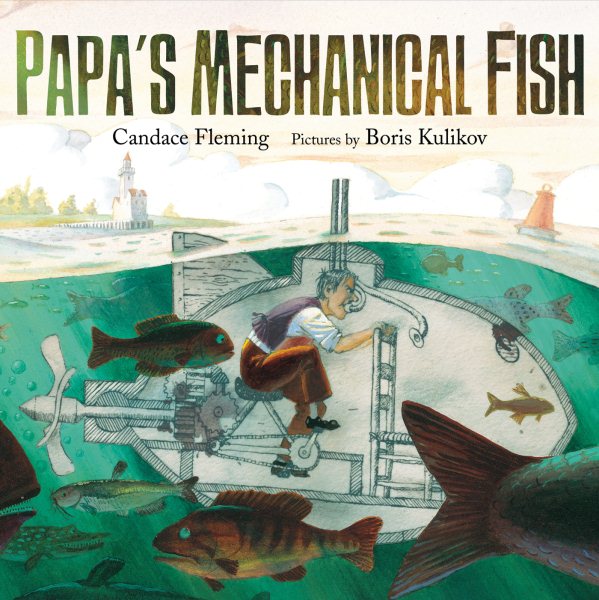
by
Clink! Clankety-bang! Thump-whirr! That's the sound of Papa at work. Although he is an inventor, he has never made anything that works perfectly, and that's because he hasn't yet found a truly fantastic idea. But when he takes his family fishing on Lake Michigan, his daughter Virena asks, "Have you ever wondered what it's like to be a fish?" - and Papa is off to his workshop. With a lot of persistence and a little bit of help, Papa creates a submarine that can take his family for a trip to the bottom of Lake Michigan. This is a sweet and beautifully told story based on real-life inventor Lodner Phillips and his construction of a submarine in 1851.
11 Experiments that Failed

by
Is it possible to eat snowballs doused in ketchup—and nothing else—all winter? Can a washing machine wash dishes? By reading the step-by-step instructions, kids can discover the answers to such all-important questions along with the book's curious narrator. Here are 12 "hypotheses," as well as lists of "what you need," "what to do," and "what happened" that are sure to make young readers laugh out loud as they learn actual examples of how to conduct science experiments.
Monkey with a Tool Belt and the Noisy Problem
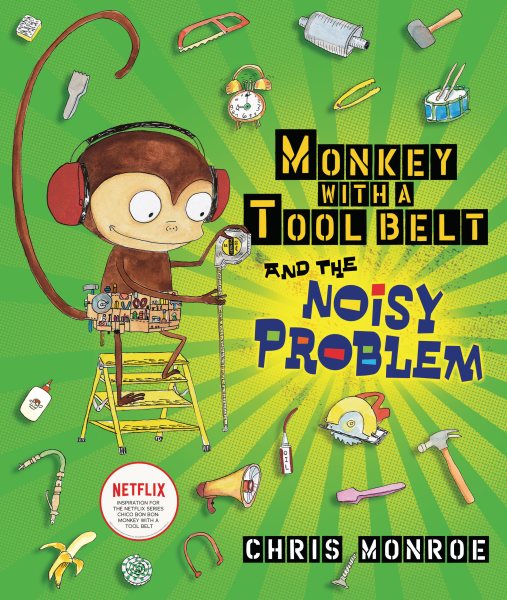
by
Chico Bon Bon has a problem. A noisy problem. There's a terrible "Arooga! Boom! Clang!" noise in Chico Bon Bon's tree house, but he cannot find what's causing the sound! What's a monkey to do? Use his tools, of course. With his tool belt, Chico can do anything! In just 12 easy steps involving tools like a tape measure, sticky winch, grease gun, and his newly-built banana cannon, Chico is able to solve his noisy problem and win the day.
What to Do with a Box
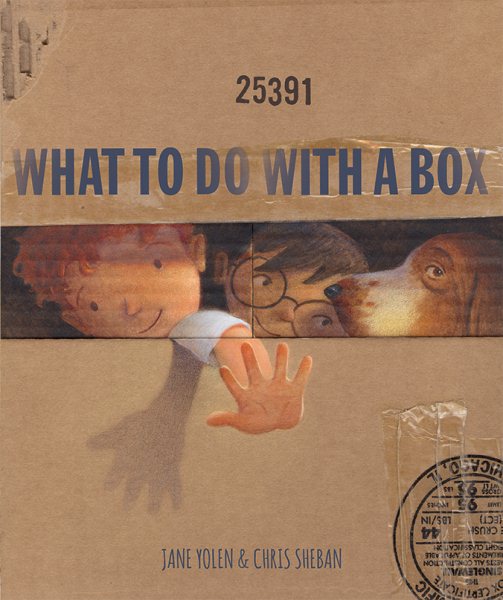
by
If you give a child a box, who can tell what will happen next? It may become a library or a boat. It could set the scene for a fairy tale or a wild expedition. The most wonderful thing is its seemingly endless capacity for magical adventure, a feature imaginatively captured in cardboardesque art by Chris Sheban and beautiful prose by renowned children's author Jane Yolen.
Ada Twist, Scientist
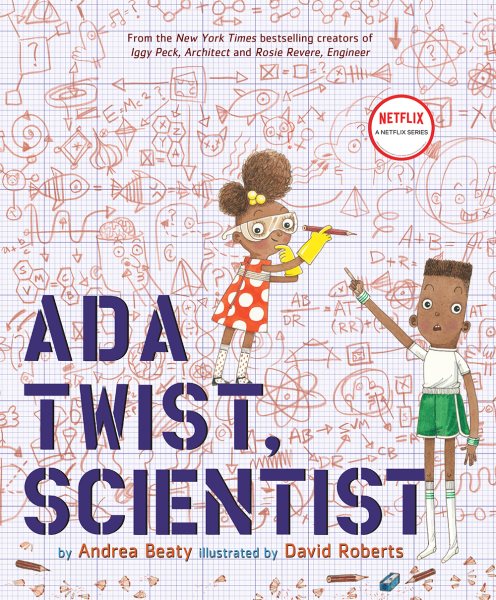
by
Ada Twist’s head is full of questions. Like her classmates Iggy and Rosie—stars of their own picture books —Ada has always been endlessly curious. Even when her fact-finding missions and elaborate scientific experiments don’t go as planned, Ada learns the value of thinking her way through problems and continuing to stay curious. Inspired by real-life makers Ada Lovelace and Marie Curie, this beloved bestseller champions STEM, girl power, and women scientists in a fantastic celebration of curiosity, the power of perseverance, and the importance of asking "Why?"
Fairy Science
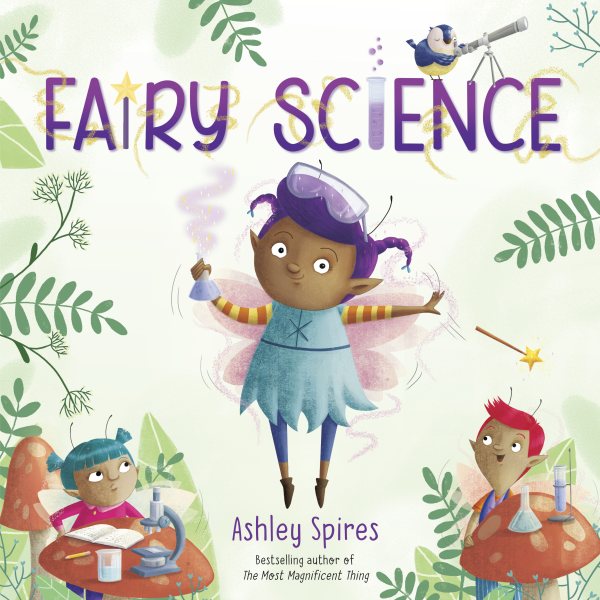
by
All the fairies in Pixieville believe in magic - except Esther. She believes in science. When a forest tree stops growing, all the fairies are stumped - including Esther. But not for long! Esther knows that science can get to the root of the problem - and its solution! Whether you believe in fairy magic or the power of science, you will be charmed by Esther, the budding fairy scientist. This story is a humorous and insightful lesson in the powers of investigation, critical thinking, and the scientific method in the face of myths and misinformation.
Quantum Physics for Babies
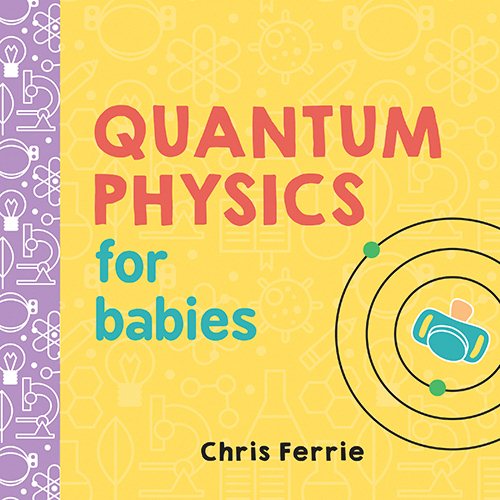
by
Written by an expert, Quantum Physics for Babies is a colorfully simple introduction to the principle that gives quantum physics its name. Babies (and grownups!) will discover that the wild world of atoms never comes to a standstill. With a tongue-in-cheek approach that adults will love, this installment of the Baby University board book series is the perfect way to introduce basic concepts to even the youngest scientists. After all, it’s never too early to become a quantum physicist!